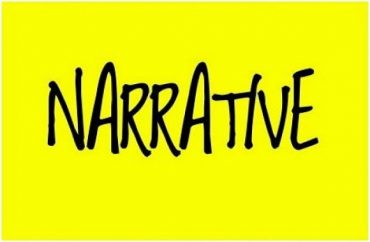
Washington University in St. Louis is commemorating today the fifth anniversary of the 2014 Ferguson, Missouri “uprising,” the catalyst for which was the fatal shooting of black teenager Michael Brown by white police officer Darren Wilson.
The event, “New in the Lou: What Does Ferguson Mean to Me?” takes place at the school’s Gephardt Institute of Civic and Community Engagement and will be hosted by Gephardt’s Shruti Desai.
According to Student Life, Desai said the confab won’t be about Brown’s death specifically, but “about the systematic issues that [cause] instances such as Ferguson.”
“We all have the responsibility to pay attention to the issues in our community that are causing harm to others,” Desai said. “Chancellor [Andrew] Martin really puts emphasis that we are Washington University in St. Louis. The University is not an asylum. All things happening nationally and internationally impact the University.”
“Even though we are on the college campus, students that are defined as ‘targeted’ or ‘oppressed’ are experiencing [discrimination],” said [Gephardt Assistant Director of Community Engagement Stefani] Weeden-Smith […] “I want our Wash. U. community to be able to talk about it and validate it. Because it is hard for a student to be experiencing it but not able to talk about it.” …
Another difficulty in launching an in-depth discussion on Ferguson is that the shooting happened five years ago. As it fades gradually into the category of history in many people’s minds, some see it as having little connection to their current lives.
“It’s five years later,” Weeden-Smith said. “For some people, this is an event that happened in the past. How do we get people back to the conversation, of which we are still living in its consequence? And a lot of the challenges are still there. But folks are moving on.”
Still, the discussion about the “systematic issues” behind Ferguson goes on. Indeed, it never stops. The dialogues can be about a variety of subjects and take place in a variety of areas.
“We also need to work on intersectionality,” Desai said. “What happened in Ferguson is only about race. It would not bring a voice to all the other issues impacting all the other marginalized groups…The conversations on race vary between different places. We hope we can help new students transition and understand the context of Wash. U. and the context of their identities in the region.”
Desai said — seemingly with little sense of irony — that “talking about racial tensions can be difficult,” while Weeden-Smith added they want “to start the conversation […] and demystify and offer a complete view of the city and the community as opposed to rumors and myths.”
Indeed, the difficulty can be seen in Student Life’s Elia/Longyu Zhang’s description of the riots’ genesis: It merely states that the white Wilson shot the unarmed Brown, and “the grand jury’s decision not to indict Darren Wilson sparked waves of protest in the streets of St. Louis.”
What is the reason Wilson had to fire his weapon? What were the results of the federal investigation into the matter?
As for rumors and myths, one of the narratives peddled by student papers across the country was that Wilson had “murdered” Brown. Democratic presidential candidate Elizabeth Warren recently repeated this falsehood, and garnered over 38,000 likes for it on Twitter:
5 years ago Michael Brown was murdered by a white police officer in Ferguson, Missouri. Michael was unarmed yet he was shot 6 times. I stand with activists and organizers who continue the fight for justice for Michael. We must confront systemic racism and police violence head on.
— Elizabeth Warren (@ewarren) August 9, 2019
However, the shooting’s biggest myth, “Hands Up, Don’t Shoot,” was promoted everywhere, including CNN:
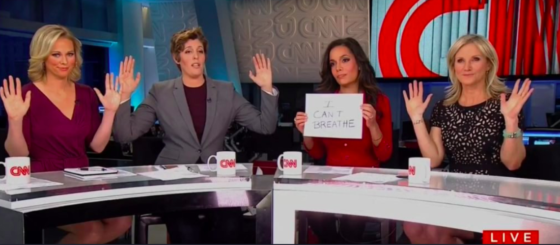
MORE: Say what? Not important if ‘Hands up, don’t shoot’ is the truth
MORE: Retrospective: How college newspapers smeared Officer Darren Wilson
IMAGE: Ron Mader / Flickr.com, Twitter
Like The College Fix on Facebook / Follow us on Twitter

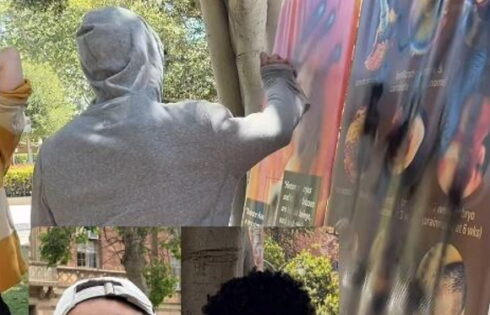
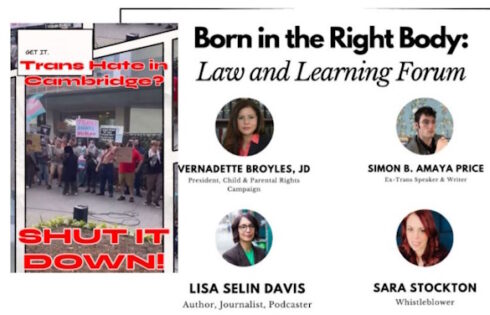
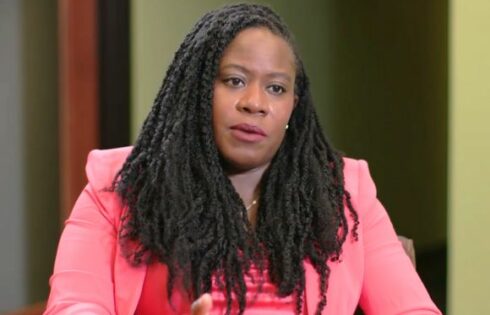
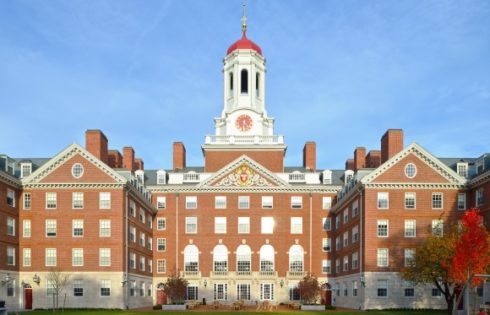

Please join the conversation about our stories on Facebook, Twitter, Instagram, Reddit, MeWe, Rumble, Gab, Minds and Gettr.